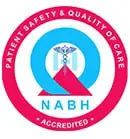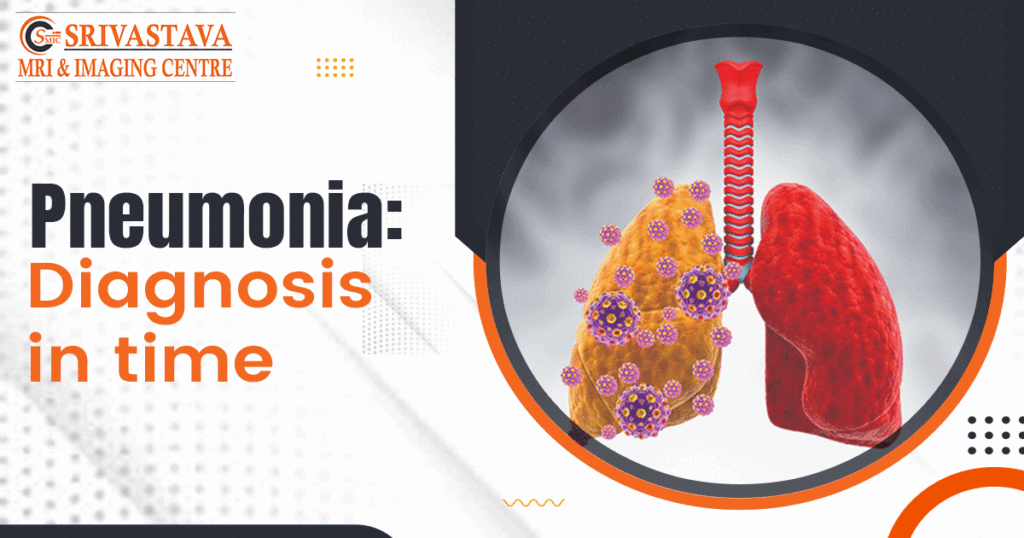Pneumonia is an infection that inflames the air sacs in one or both lungs. The air sacs may swell with fluid or pus (purulent material), which can lead to a cough that produces pus or phlegm, a fever, chills, and breathing difficulties.
The symptoms of pneumonia can range from being so mild you hardly notice them to being so severe you need to be hospitalized. Depending on the type of germ causing the infection, your age, and your general health, your body will react differently to pneumonia.
The signs and symptoms of pneumonia may include:
Cough, greenish, yellow, or even bloody mucus
Fever
Sweating and shaking chills
Shortness of breath
Rapid, shallow breathing
Sharp or stabbing chest pain
Loss of appetite
Low energy
Fatigue
Nausea and vomiting,
Confusion, especially in older people
When to call a doctor?
Do not wait for the disease to worsen before seeking medical attention if you believe you or your kid may be experiencing the symptoms of pneumonia. Go to the doctor. And if you get chest pain, a high fever, a severe or worsening cough with mucus, difficulty breathing, bluish discoloration of your lips or fingertips, or any of the following? See your doctor immediately once.
How is Pneumonia diagnosed?
Because the symptoms of pneumonia are so variable and frequently very similar to those of the common cold or influenza, it can be challenging to diagnose. Your doctor will conduct a physical examination, ask you about your medical history, prescribe some tests, and diagnose pneumonia.
Medical history
Your doctor will inspect your signs and symptoms. he will figure out if your infection is caused by bacteria, viruses, or fungi, you may be asked some questions about possible exposures,
Physical exam
Your doctor will check your lungs with a stethoscope. If you have pneumonia, your lungs may make crackling, bubbling, and rumbling sounds when you inhale.
Diagnostic Tests
If your doctor suspects you may have pneumonia, they will probably recommend some tests to confirm the diagnosis and learn more about your infection. These may include:
1. Blood tests
2. Chest X-ray
3. Pulse oximetry
4. Sputum test
If you are considered a high-risk patient because of your age and overall health, or if you are hospitalized, the doctors may want to do some additional tests, including:
1. CT scan
2. Arterial blood gas test
3. Pleural fluid culture
4. Bronchoscopy
Visit our Best X-Ray Centre in Badarpur. Srivastava MRI & Imagine center is the certified lab. This is leading within the area of diagnosis. We are dedicated to the diagnosis of chronic and acute conditions and diseases. This is the one-stop solution for all your diagnostic requirements and offers a wide range of qualitative services in the field of Diagnostics.




I am really happy to glance at thbis web site posts whidh contains tons of useful
information, thanks for providing these kins of statistics. https://Zeleniymis.com.ua/
Thanks for your comment